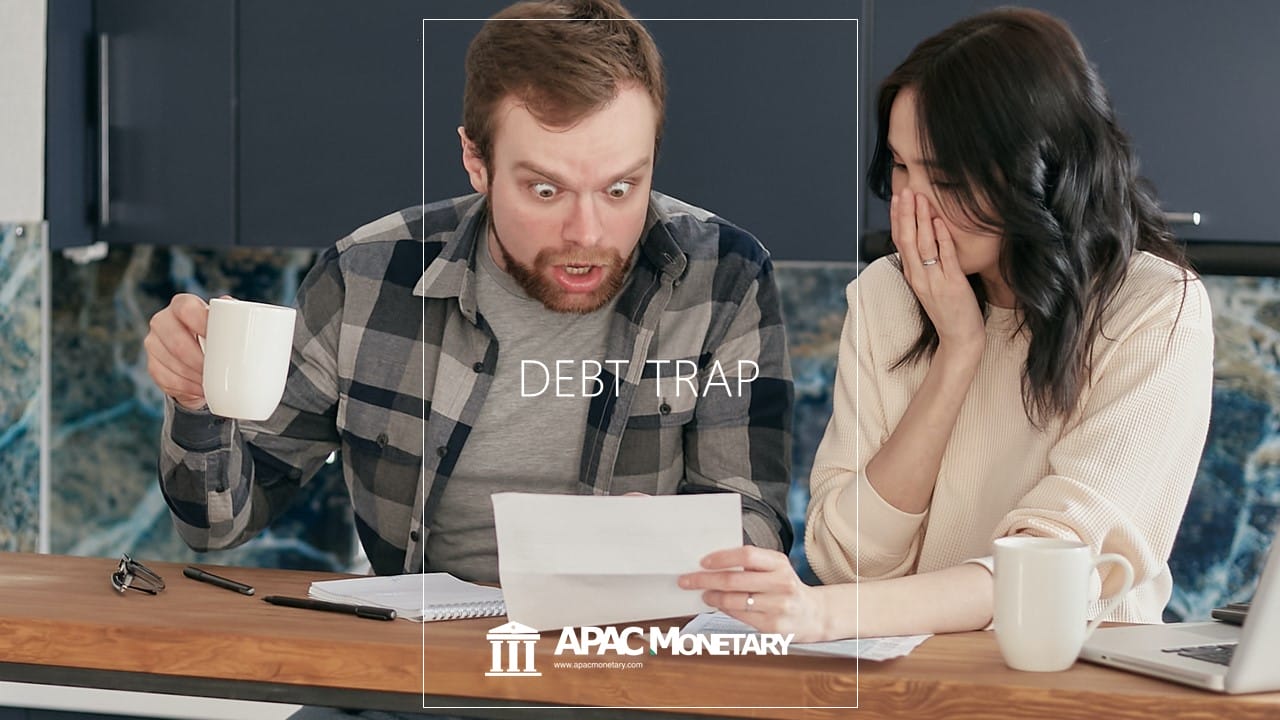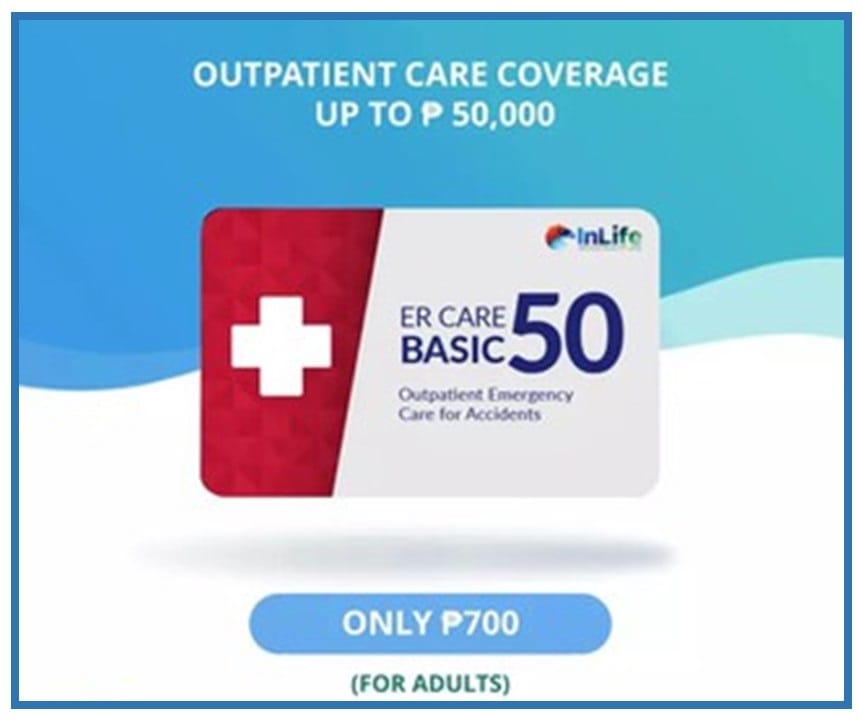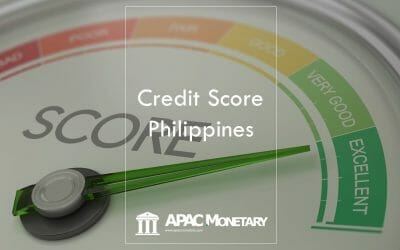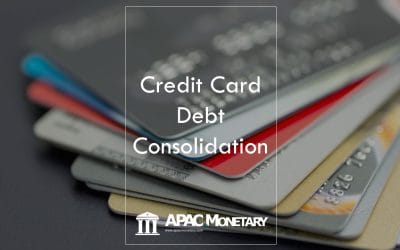Table of Contents
When using a credit card, there are many things to keep in mind, such as understanding the different types of cards and how they work, choosing the right credit limit, and using a credit card responsibly. You can avoid falling into a debt trap and build a good credit history by following these tips.
Debt is a huge problem for many people in the United States. According to the website Debt.org, “the average American household has $16,000 in plastic money debt.” This is a huge problem because it can be very difficult to get out of debt if you don’t have a plan.
In Asia, the credit card debt is much higher than in the U.S. The website CardHub says that in China, the average credit card debt is $4,211 and in Japan, it’s $4,912. In China and Japan, charge plate debt is a big problem because of the high-interest rates on these cards. In Australia, the average magnetic card debt is $3,351 and in the United Kingdom, it’s $2,834.
In Australia, the high-interest rates are a big problem because they can only make the debt worse. While in the Philippines, the average swipe card debt is $4,912 and in India, it’s $3,952. In the Philippines, the high-interest rates are a big problem because they can put you out of business.
What is a credit card?
A credit card (also known as plastic credit, plastic money, charge plate, magnetic card, swipe card) is a plastic card that allows consumers to borrow money from a financial institution to purchase items or withdraw cash. Credit cards also offer protection against fraudulent charges, which can help if your card is lost or stolen. Many people use magnetic cards to buy things they can’t afford upfront and struggle to pay off their balance each month. This can lead to high levels of credit card debt trap. To avoid getting trapped in this cycle, it’s important to only use your swipe card for purchases you can afford to pay off in full each month.
What is a debt trap in a credit card?
A debt trap in a credit card is when the user gets stuck in a cycle of borrowing money to pay off previous debts. This can happen when the user has a low-limit swipe card and keeps maxing out the card, leading to higher interest rates. The user may also be tempted to take out a cash advance, which typically comes with higher interest rates.
Ways to use credit cards without getting into a debt trap:
If you’re one of the many people who use credit cards to make ends meet, it’s important to be aware of using them without getting into a debt trap. Here are 16 tips for using your plastic credit cards and avoiding a debt trap:
Don’t overspend.
When dealing with debt, it’s important to be mindful of your spending. It’s easy to get caught in a trap where you’re spending more than you can afford and digging deeper into debt.
If you’re not careful, you can quickly struggle to make ends meet. Before you know it, you’re paying off credit card bills and interest rates instead of saving for the future or enjoying life.
The key is to be conscious of how much money you’re spending and only spend what you can afford. Don’t let your debts spiral out of control. It won’t be easy to get back on track if you do.
Make a budget and stick to it. If you need to borrow money, make sure you can afford to pay back the loan with interest.
If you’re already in debt, don’t be afraid to ask for help. Many organizations can help you get out of debt. Contact your local credit counseling service for more information.
It’s easy to get carried away when you’re shopping. Before you know it, you’ve spent more than you intended and now have to worry about how you’re going to pay for it all. Overspending can lead to debt, which can be difficult to pay off. If you’re careful, you can avoid overspending and keep your finances in check.
One way to avoid overspending is to create a budget and stick to it. It’s easier not to go over your limit when you have a plan for how much money you can spend each month. Another way to stay on track is to only bring a certain amount of cash with you when you go shopping. This way, you won’t be able to buy anything that’s not on your list.
Use a credit card calculator.
Use a credit card calculator to figure out how long it will take you to pay off your balance if you only make the minimum payment each month. You may be surprised at how long it will take to get you out of a debt trap!
Most people know that using a plastic credit card can be costly, but many don’t realize how expensive it can be. A recent study by NerdWallet found that the average American household with charge plate debt pays over $2,000 in interest each year.
But what if you’re determined to get your debt under control? One way to do that is to use a credit card calculator to figure out how long it will take you to pay off your balance if you make only the minimum payment each month.
Using this tool, consumers will discover that if they had a balance of $5,000 on their swipe cards and only made the minimum payment of $100 per month, it would take them over 23 years to pay off their debt! That is a terrible debt trap situation, and clearly, that’s not a realistic solution for most people.
Get a balance transfer card.
If you have a high credit score, you can get an interest-free balance transfer card and pay it off in about 12 months.
When you’re carrying a high balance on your credit card, making a dent in your debt can be tough. If you’re paying interest on that balance, it’s even harder. One way to get a break is to transfer that balance to a new card with a lower interest rate. You can do this with a balance transfer card.
Balance transfer cards can be a great way to pay down your debt faster. Many of them offer an introductory 0% APR, which means you won’t have to pay any interest on your transferred balance for a set period of time. This can give you the breathing room to start chipping away at your debt.
Just be sure to read the terms and conditions of the card before you apply. Some cards charge a fee for transferring balances, so make sure the savings from the lower interest rate outweigh that cost.
Only use your credit card for emergencies.
Debt traps are everywhere. Credit card companies are experts at getting people to sign up for their cards and then trapping them in a cycle of debt. But there are times when it makes sense to use a plastic credit – like for emergencies.
If you have a magnetic card and face an emergency, like a medical bill or car repair, it can be tempting to put the charges on your card. But before you do that, think about whether you can afford to pay off the bill in full each month. If you can’t, then you’re headed for trouble.
Credit card interest rates are high, and if you carry a balance from month to month, the interest charges will quickly add up. You could end up paying more for your emergency than you originally spent.
Pay off your balance every month.
If you carry a balance on your credit card, you’re paying more than you should. The average APR on credit cards is over 17%, so if you have a $1,000 balance, you’re paying $170 in interest every year.
For example, if you have a $1,000 balance and a monthly budget of $3,000, you can easily pay off your balance each month. But it’s easy to pay off your balance every month. Just divide your balance by your monthly budget and make sure that number is less than 30%.
Paying off your balance every month will help you avoid costly interest payments and get out of a debt trap faster.
Another way to use your plastic credit without getting into debt is to pay off your balance every month. This will help you stay disciplined with your spending and avoid high-interest payments.
The less you owe when it comes to your magnetic card, the better. Paying on time will help keep your interest payments down and avoid the debt trap. In fact, if you can pay off your balance each month, you’ll avoid paying any interest at all. This will help keep your payments low and prevent you from racking up more debt.
Don’t use your credit card for everyday expenses.
Only use your credit card for emergencies or when you can’t afford to pay for something outright.
When you’re trying to get out of debt, the last thing you want to do is continue using your plastic credit for everyday expenses. You should only use your magnetic card for emergencies or when there’s no other option. This will help you stay on track with your goal of getting out of a debt trap.
Cashback or travel rewards.
Use a rewards credit card to get cashback or travel rewards. Just pay off your balance in full each month, so you don’t pay more in interest charges than you’re earning in rewards.
Rewards magnetic cards can be a great way to earn cashback or travel rewards. Just pay off your balance each month, so you don’t accrue interest charges. Some rewards cards offer bonus points for spending in specific categories, such as groceries or gas. So if you use your card for all of your everyday purchases, you can rack up some serious rewards. Just make sure you read the terms and conditions carefully to know what you’re getting into.
Pay the minimum payments on time.
If you can’t afford to pay off your balance in full, try to at least make minimum payments on time each month. This will help keep your credit score healthy and avoid late payment fees.
The experts always advise paying off your balance in full each month when it comes to credit cards. But what if you can’t afford to do that? Is there another option?
The answer is yes. You can still save money and avoid interest charges by making the minimum payments on time. Just be sure to budget for those payments, and don’t let them strain your finances.
If you struggle to make the minimum payments, talk to your plastic credit card company about setting up a payment plan. Many companies are willing to work with you if you’re having trouble making ends meet.
In the end, it’s important to remember that magnetic cards should only be used for emergencies or short-term expenses. If you’re using them for everyday expenses, you’re likely to end up in a debt trap.
A debit card is a good option.
Use a debit card instead of a credit card. If you’re worried about getting into debt, using a debit card instead of a credit card can help you stay out of trouble.
Debit cards are a great way to manage your money and stay out of debt. Unlike plastic credit cards, debit cards are linked directly with your bank account, so you can’t spend more than you have. This makes them a great tool for budgeting and tracking your spending. Debit cards also come with fraud protection, which can help protect you from identity theft.
Can you afford to pay monthly?
Only use a credit card if you can afford to pay off the balance each month. If you can’t afford to pay it off, you can’t afford to buy it.
It’s important to be smart about your money. This means only using a charge plate if you can afford to pay off the balance each month. If you can’t afford to pay off the balance, you’re better off not using plastic money. Credit cards come with high-interest rates, which can quickly add up if you’re not careful.
Understand the terms.
Make sure you understand the terms of your charge plate agreement before signing up. Know the interest rate, the late payment fees, and how long you have to pay off the balance.
Credit cards can be a great way to build your credit history and make purchases you might not be able to afford upfront. However, it’s important to read the terms of your plastic money agreement before signing up. This will help you understand the fees associated with the card and the interest rate.
If you’re not sure you can afford to pay off your balance each month, look for a card with a lower interest rate. And be sure to ask about any annual fees before signing up.
Change your spending habits to avoid the debt trap.
Stay disciplined and be mindful of your spending habits. Don’t let your credit card become another form of temptation that leads to overspending and, eventually, a debt trap.
If you’re not careful, your credit card can quickly become another source of debt. By staying disciplined and mindful of your spending habits, you can avoid this. Make a budget and stick to it, only using your plastic money for emergencies. If you find yourself constantly tempted to overspend, consider freezing your card or canceling it altogether.
Your balance is ballooning!
Don’t let your credit card balance get too high. You’re probably in a deep financial hole if you have to pay more than 25% of your discretionary income on credit card debt.
It’s important to know your limits when it comes to using a charge plate. If you have a balance that’s more than 25 percent of your available credit, you could risk your credit score. A high utilization rate can indicate that you’re struggling to repay your debt.
If you’re carrying a high balance on your plastic money, try to pay it down quickly. Just read the terms and conditions carefully, so you know what fees you’ll be charged. You can also look into transferring the debt to a card with a lower interest rate.
Finally, remember that it’s important to keep track of your spending, so you don’t end up in this situation again. Automating your finances can help make this easier, and there are plenty of budgeting apps available that can help you stay on track.
Beware of interest rates to avoid the debt trap.
Credit card companies are making money, and they make a lot of it from interest rates. When you borrow money from a charge plate company, you’re charged an annual percentage rate or APR. This is the cost of borrowing money, which can be very high.
If you don’t pay off your balance each month, you’ll be charged interest on the unpaid amount. If you have a $1,000 balance and don’t pay it off for a year, you’ll owe an extra $240 in interest. Interest rates vary depending on your credit score and other factors but can be as high as 24%.
To avoid a debt trap, read the terms and conditions of your plastic money agreement carefully. Know what the APR is and how it’s calculated.
So always keep an eye out for fees and interest rates too high.
Plan and create a budget to avoid the debt trap.
It is important to have a plan and create a budget. Without a plan, it is easy to fall into a debt trap. A budget can help you stay on track and avoid unnecessary expenses. It is also important, to be honest with yourself about your spending habits. If you cannot stick to a budget, you need to find ways to change your spending habits. Creating and sticking to a budget takes time and effort, but it is worth it.
Credit cards can be a great way to build your credit score and make purchases without carrying around cash. However, if you’re not careful, you can quickly find yourself in a debt trap. One way to avoid this is to create a budget for your charge plate spending.
Start by figuring out how much money you have available each month to spend on your plastic money. Once you have that number, divide it by the number of months in the year. This will give you how much you can afford to spend each month on your card. Don’t forget to include any bills or fixed expenses each month.
Then, create a list of things you want to purchase with your card and how much they cost. If something costs more than what you’re allowed to spend each month, put it off until later.
Conclusion: Follow these tips, and you can use a credit card without getting into a debt trap.
Credit cards can be a great way to build your credit score and get access to cash in an emergency, but they can also lead you into debt if you’re not careful. Here are some tips for using credit cards without getting trapped in debt:
To use a credit card without getting into a debt trap, it is important to be aware of the pitfalls and how to avoid them. Here are some tips
METAConclusion: Follow these tips, and you can use a charge plate without getting into debt.
There are a few things to keep in mind to stay out of debt when it comes to using credit cards. First, make sure you have a plan for using your card. Know what your limit is, and don’t go over it. Second, make sure you are paying off your balance each month. This will help you avoid interest charges and keep your credit score high. If you can’t afford to pay off the entire balance right away, try to pay off the minimum amount. Finally, only use your plastic money for emergencies.











